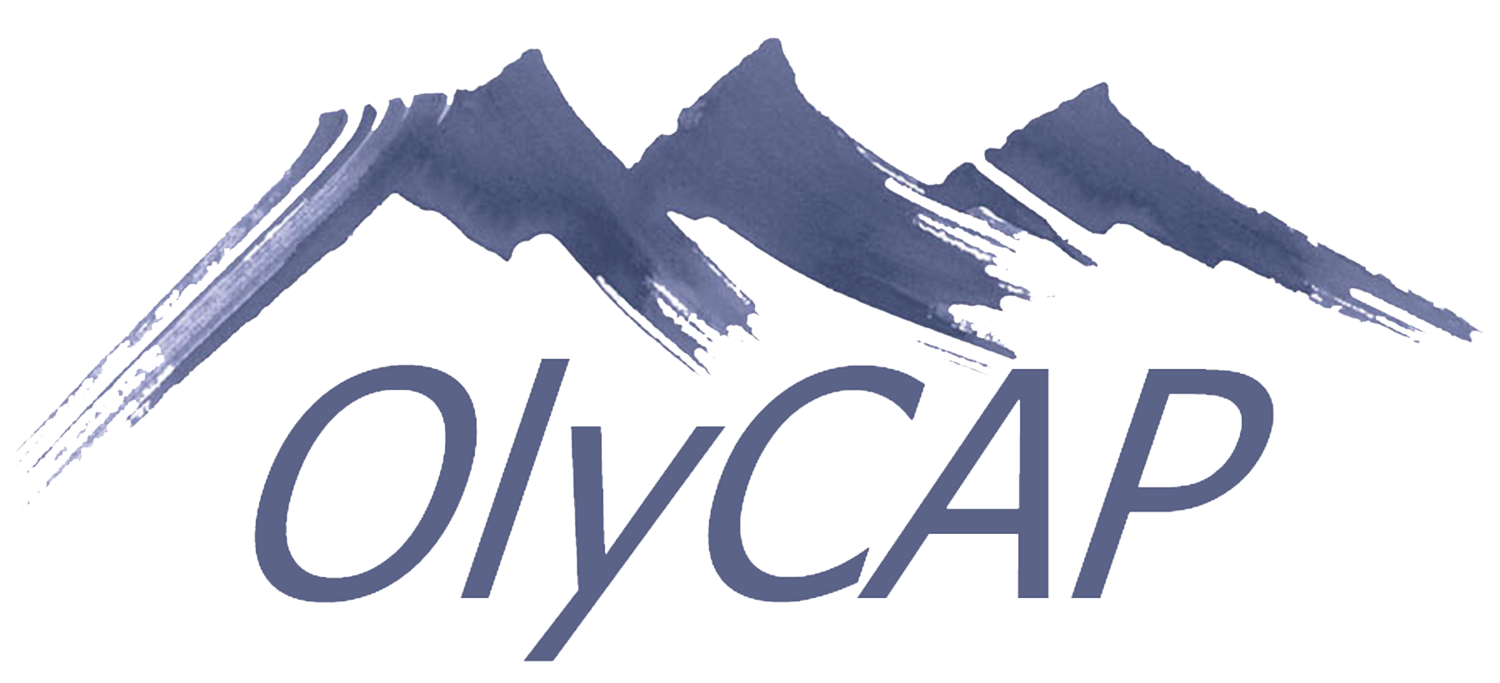Community Action/History
Community Action Agencies
Community Action Agencies (CAAs) are nonprofit private and public organizations established under the Economic Opportunity Act of 1964 to fight America’s War on Poverty. Community Action Agencies help people to help themselves in achieving self-sufficiency. Today there are approximately 1000 Community Action Agencies, serving the poor in every state as well as Puerto Rico and the Trust Territories. Washington State has 30 CAAs.
CAAs are a primary source of direct support for the more than 34.5 million people who live in poverty in the United States. The majority of CAA program participants are extremely poor, with incomes below 75 percent of the federal poverty threshold, or $9,735 for a family of three (the average family size for the client population).
The Community Action network serves more than:
- 16.2 million individuals per year
- 3 million families per year
CAAs serve all regions and populations:
- 54% of CAAs serve rural areas.
- 36% of CAAs serve areas considered both urban and rural.
- 10% of CAAs serve urban areas.
What CAAs Do
Because each CAA is governed locally, each provides a different mix of programs and services. The following represent the percentages of Community Action Agencies that deliver these services:
- Community Coordination – 94%
Citizen participation, neighborhood and community organization, information and referrals - Emergency Services – 91%
Food Pantries, energy assistance homeless shelters, domestic violence - Education – 89%
Head Start, youth mentoring ,literacy, Adult Basic Education - Food and Nutrition – 84%
Meals on Wheels, congregate feeding, food banks - Family Development – 68%
Day care, case management, counseling, support Employment - Training/Employment – 63%
Job readiness, job training, and job creation - Transportation – 49%
Rural transportation systems, on-demand transportation - Housing – 46%
Self-help housing, homeownership, rental assistance, Weatherization - Economic Development – 39%
Business planning and loans, water and sewer - Health Care – 29%
Health Clinics, WIC, prescription assistance
